Introduction to Materials for Sheet Metal Forming
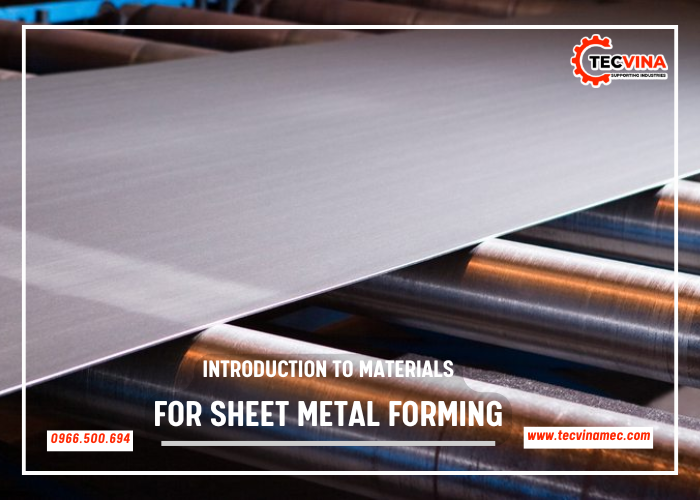
Sheet metal forming is a versatile process used to shape flat metal sheets into desired geometries. The success of forming operations is heavily dependent on the material chosen, as each material offers unique characteristics such as strength, ductility, corrosion resistance, and machinability. This document explores the commonly used materials in sheet metal forming, their properties, […]
Challenges in Sheet Metal Work
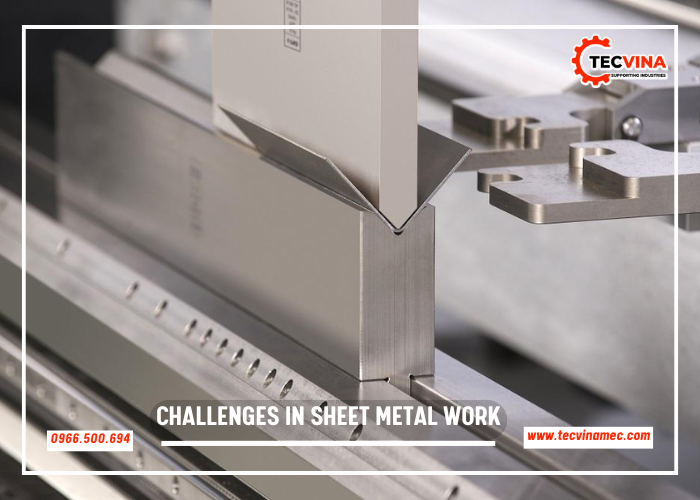
Sheet metal is a fundamental material in industries ranging from automotive and aerospace to consumer electronics and construction. While it offers significant benefits like versatility, strength, and cost-efficiency, working with sheet metal poses several challenges. These challenges arise from the inherent properties of metals, the precision required in manufacturing processes, and the need to balance […]
The Ultimate Guide to Sheet Metal Fabrication
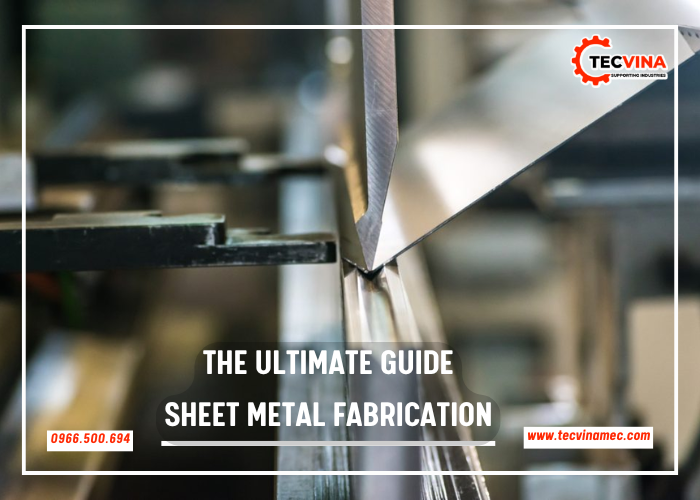
1. Introduction to Sheet Metal Fabrication Sheet metal fabrication is a comprehensive manufacturing process that involves shaping, cutting, bending, and assembling metal sheets to create functional parts and structures. Its versatility has made it foundational in industries like automotive, aerospace, construction, electronics, and more. From car body panels to intricate electronic enclosures, sheet metal is […]
Unlocking the Secrets of Sheet Metal Forming
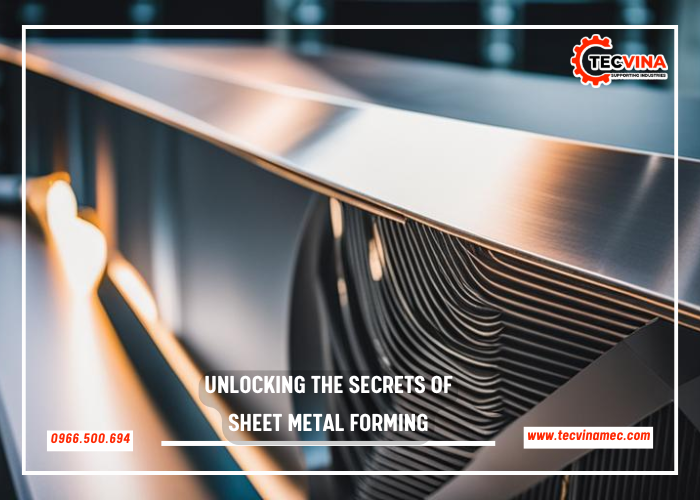
Sheet metal forming is a complex and necessary part of today’s manufacturing industry, with applications ranging from the automotive sector to aerospace and beyond. The purpose of this manual is to give an extensive introduction on sheet metal forming, including main ideas, methods and tools included in it. So if you are someone who has been […]
The different types of sheet metal forming techniques
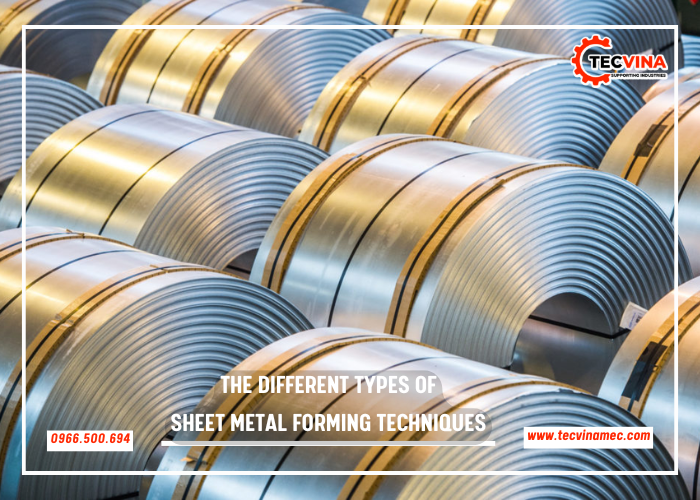
While investigating various approaches for shaping sheet metal, it’s worth looking at a few of the most commonly employed methods. One such method is bending; this involves changing the shape of the metal along a straight line axis with tools like press brakes or bending machines. Another important technique is deep drawing – here, a […]
The core principles of forming or bending metal
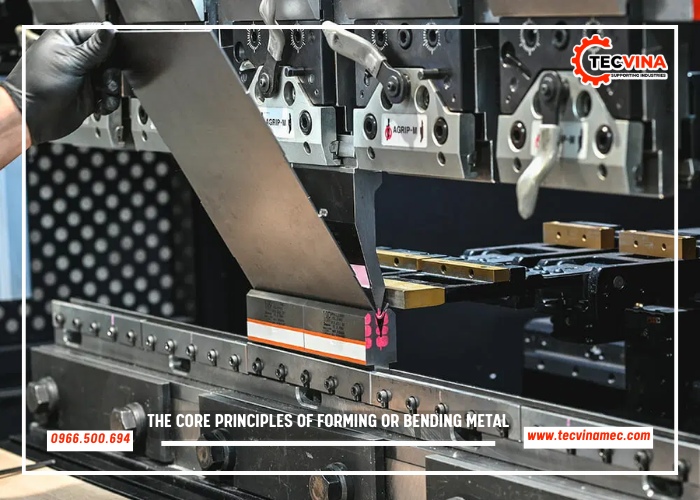
Among the many ways to change the shape of a piece of metal are bending and forming. Dating back to the Stone and Wood Ages, metalworking has long been associated with technical mastery and expertise. While its earliest uses were for creating cultural and ritualistic objects, the metal forming process has evolved over the years. […]
7 facts you should know about sheet metal
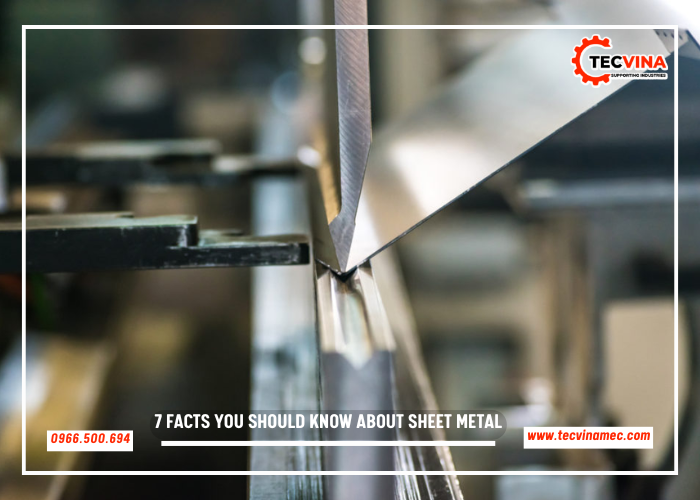
Definition of Sheet Metal What is sheet metal? There is no clear definition for it. As a rule, it is understood to be a flat piece of metal whose width is significantly greater than its thickness. If the sheet is less than 3 millimeters thick, it is referred to as thin sheet; if it is […]
How Sheet Metal Bending Works
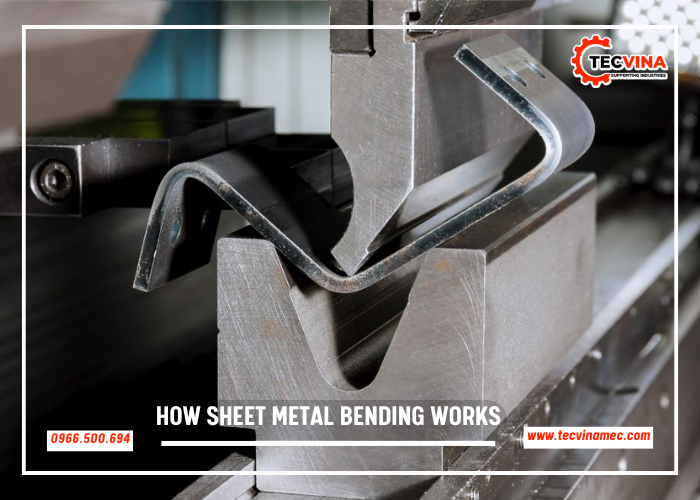
What Is Sheet Metal Bending? Sheet metal bending is the forming of metal into different geometries, by using a force to deform the metal. It is referred to as sheet metal bending as a thin sheet of metal is bent once, or multiple times, to form the final geometry. The thickness of sheet metal used […]
10 Fascinating Facts About Custom Metal Sheet Fabrication
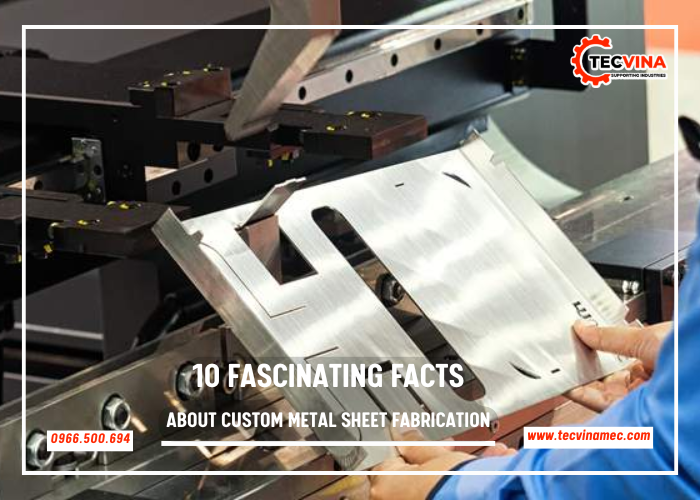
Metal sheet fabrication is not just a technical process; it’s an intricate art form that combines scientific principles with skilled craftsmanship. It serves as the foundation for many industries, including everything from the sleek designs of aerospace engineering to the robust structures of architectural marvels. This fusion of science and artistry drives innovation and propels […]
Why Stainless Steel Water Tanks are Popular
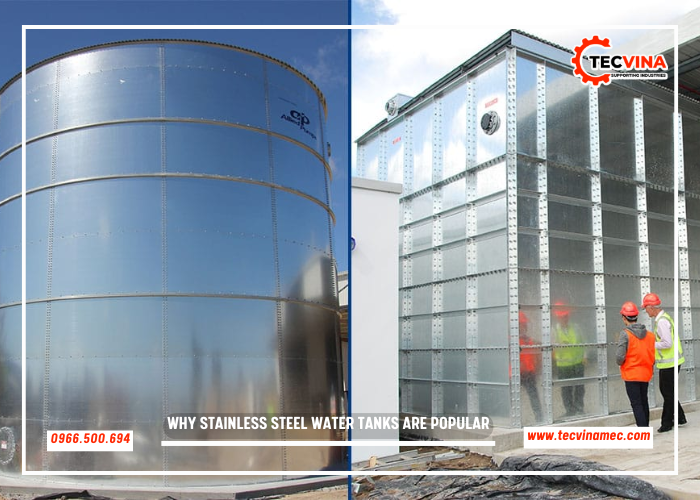
When you are thinking about buying a new water storage tank, there are several things you must consider. The important considerations for most people buying a storage tank are cost, location and size. However, another important thing that most people fail to consider when buying a water tank is the material used in its construction. […]